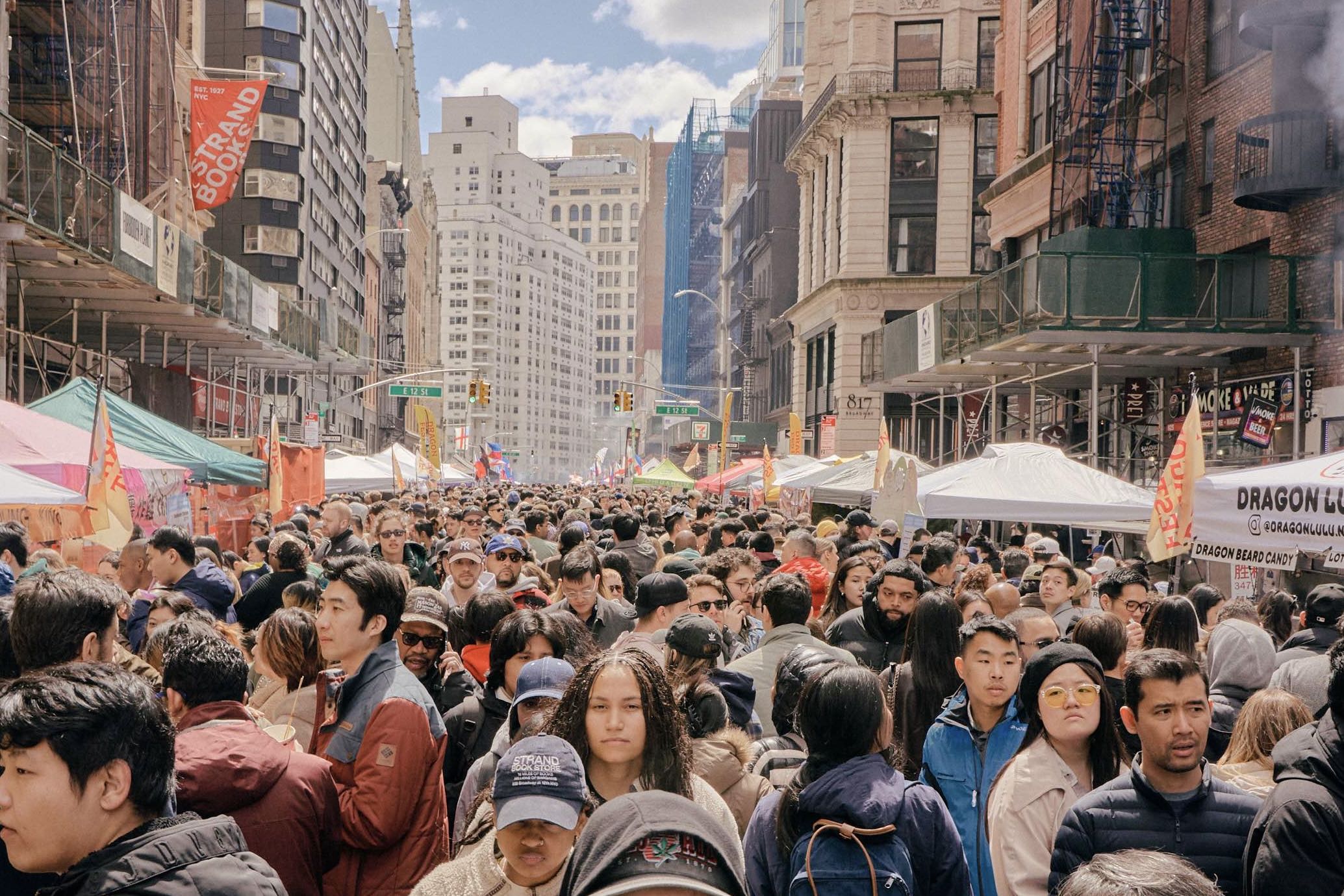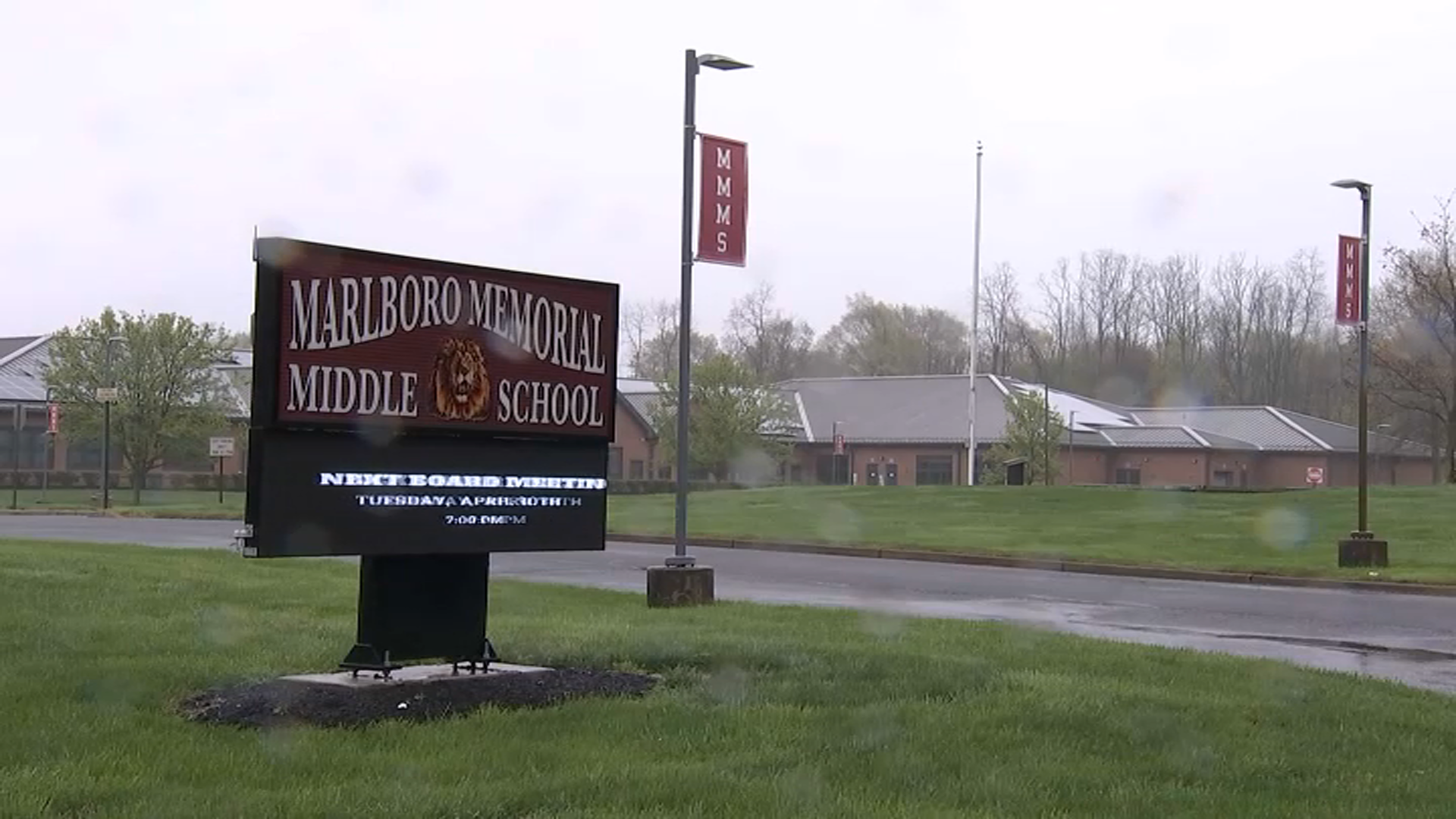Toxic blue-green algae is blooming out of control in Long Island waters, killing wildlife and keeping people out of lakes this summer.
Bob Celic lives along an algae-filled lake in Mattituck. Signs along the lake read "Blue-Green Algae Bloom Advisory" and warn people not to drink or swim in the water.
"You can't swim in it anymore," Celic said. "It's totally polluted."
Resident Loni Lewis watched last month as fish died in record numbers along the Peconic River in Riverhead, about 10 miles west of Mattituck.
"There were thousands and thousands of fish just floating everywhere," Lewis said.
The fish die-off happened just weeks after turtles were found dead in the same area.
In the Great South Bay, dozens of miles west of Riverhead, brown tide returned in June, threatening the survival of shellfish there.
Local
"It's been a bad month," Dr. Chris Gobler, a marine biologist at Stony Brook University, said.
Gobler has been investigating the toxic algae and brown tides on Long Island. He says the island's water woes are all caused by the same thing: too much nitrogen in the water. Human waste seeps into bays and rivers, fueling the algae that destroys aquatic life.
"In most places in Suffolk County, it's coming from septic tanks and cesspools," Gobler said.
Seventy-four percent of Suffolk County homes use septic tanks, according to Gobler. That means 360,000 homes have the potential to pump nitrogen into area waterways.
Local governments are trying to tackle the problem, but eliminating it will take years and a lot of money.
"The way of life here on Long Island is at stake. We're surrounded by water here," Gobler said, pointing out how important waterways are to the island's economy, especially the tourism industry.
"Everything is at stake," he said.



